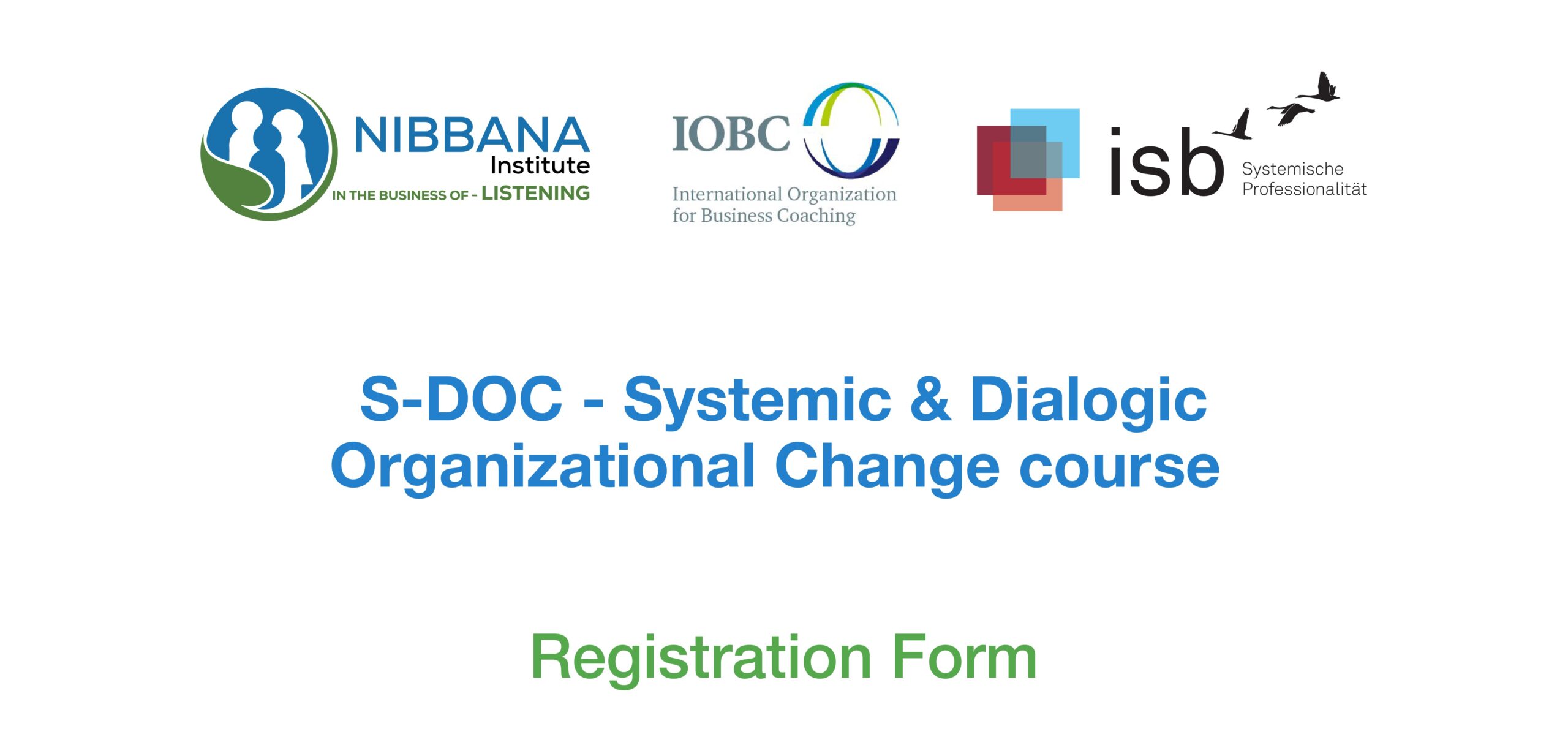Shaping a team
Shaping roles to shape teams
A new approach to team building
“Organizational Change facilitation is the responsibility of the CEO”
-Bernd Schmid
“Teams need to show team work in developing themselves to work as a team”
– Geethan
“Shaping roles to shape team” is a different approach.
What is the difference in team work and working together ?
When people work together, we have to consider that each individual will be influenced by their own personal values and career ambitions. Further, the organisational system, common values in practice as a part of organisational culture, leadership, the industry, investors, market, profit, appraisal and many more minor factors will impact the outcome when people work together.
When I am invited to develop team work in organizations, I focus on how the employees could shape their roles which will support team work. When employees keep their roles fixed and try to do a team work, they may do things together; but team work cannot be directly co-related to doing things together. Doing things “together” may not culminate in achieving the desired result. To achieve a desired outcome and to sustain it, people must function together as a team and not merely work together.
When Nibbana helps in building a team, we do not bring individuals together, but bring the organisational roles together, who can function cohesively to achieve the desired result. This method reflects our systemic approach to organisational development work. As consultants to OD work, we pool in the resources, introduce a learning design which can be used by an organisation in a consistent way to build a team with a focus on roles that have to come together to achieve the desired focus or outcome for the organisation.
How do we do this? When we take on a contract for building a team working culture as a first focus, we ensure all levels of the organisation contribute in a shared responsibility space. If one level is trying to do more and others’ less, building the team culture will not be a shared responsibility and will not yield results. Similarly, if the effort of the coach/consultant is high with no contribution from people in the organisation, the development will not sustain.
It is vital from the beginning that the coach observes – How much does the leadership take responsibility in shaping a team? Do they see it as part of their role to invest time and energy to shape teams and team work culture? What is the response of the team members reporting to the leadership team and how do they resonate with the team building initiative taken by the leaders? What do they do among themselves to work as a team? What is the role a coach is expected to play in change initiative by the leaders and their subordinates?
“Teams needs to show team work in developing themselves to work as a team”
In order to build a team work in the real time context of the organization I introduce this formula of 30:30:30 and 10. This means 30% energy to build team needs to be invested by leadership managing the team, 30% energy needs to be invested by subordinates in the team and 30% energy invested by the consultant\coach. 10% is the allowance for forces which may support or hinder developing a team sprit among employees. The importance of this 30.30.30 share cannot be overemphasized.
This model is a tried and tested method by consultants in Nibbana and has shown consistent results. Building teams that work and produce result on a sustained basis is achieved by the learning environment that the consultants create in the sessions.





